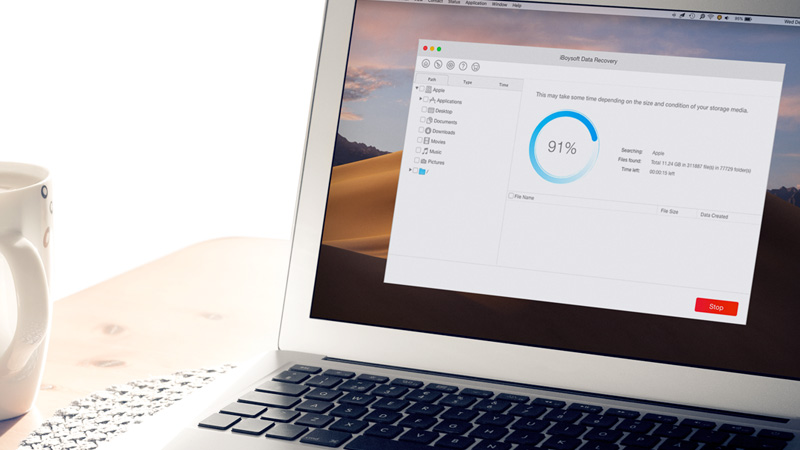Some Mac computers such as iMac and Mac Mini provide the option of Fusion Drive, which is an integration of solid-state drive and hard disk drive. The former provides high-speed read-write performance while the latter high storage capacity. The speed of a Fusion Drive is greatly faster than an HDD but comparatively slower than a pure SSD. The consolidation of the two drives is quite effective in maintaining an equilibrium in cost and benefits (speed & capacity) to Mac users.
While using a Fusion Drive, Mac users might encounter a few problems. The next section briefs about the problems and its corresponding resolution.
Fusion Drive Problems & Its Resolution
- Fusion Drive Appears as Two Drives Instead of One in the Finder: If this is the case then the two drives are not working as a Fusion Drive. This can happen if you have split the Fusion Drive or replaced any of the devices of the Fusion Drive.
To check whether the Fusion Drive is in split stage, perform the following:
- Go to Apple menu > About This Mac > Storage
- Check whether there is a drive labelled as Fusion Drive. If it exists then your Fusion Drive is working, and you do not need to do anything
- If the Fusion Drive is split, then you will see two drives (one of lower storage space and the other with higher). You need to create a single logical volume
To create a Fusion Drive, perform the following after taking data backup:
- Start you Mac with macOS recovery drive by holding Command-R or Option-Command-R during boot and releasing when you see the Apple logo or a spinning globe
- Go to Utilities > Terminal
- Type “diskutil list” and hit Return
- Note the identifier for the two internal storage drive (HDD and SSD)
- Type “diskutil cs create Macintosh\ HD identifier1 identifier2” and hit Return
- Type “diskutil cs list” and hit Return
- Note the identifier after Logical Volume Group
- Type “diskutil cs createVolume logical-volume–group–identifier jhfs+ Macintosh\ HD 100%” and hit Return
- Quit Terminal
- Select Reinstall macOS and click continue
You will find that the Mac has created a Fusion Drive with reinstalled macOS and boots from the drive.
- Fusion Drive is Deleted in the Wrong Order: If this is the case then you have split your Fusion Drive into its component drives in the wrong order. The correct order is to delete the Logical Volume and then the Logical Volume Group. To delete logical volume, type “diskutil cs deleteVolume identifier” and hit Return. To delete logical volume group, type “diskutil cs delete identifier” and hit Return.
- Fusion Drive Throws an Error: If you encounter disk-unmounting error, type “diskutil unmountDisk identifier” and hit Return. When either SSD or HDD fails then the entire Fusion Drive fails. In case you lose data from Fusion Drive, go for the recovery methods.
Recovering Data from Fusion Drive
Data recovery from a Fusion Drive is little complicated as compared to pure SSD or HDD. If you are using data recovery service, then you need to send both the storage media that comprise a Fusion Drive to the service provider. In case you wish to recover lost data from a Fusion Drive yourself, then you need to know the methods as described here-under.
- Use Backup: If you have taken backup of your drive using Time Machine, you can recover data from the backup drive. It is a proactive method against any data loss disaster.
- Use a Data Recovery Software: Data recovery software can help you to recover the data from a Fusion Drive. A data recovery tool is helpful when there is no backup. Read about 2020’s Best Mac Data Recovery Software
To Sum Up
With Apple’s introduction of Fusion Drive in some Mac computers, users are getting more storage space via hard disk drive and better performance through flash drive at affordable rate. The article has created awareness about the problems faced while using a Fusion Drive and its resolution. It also listed data recovery techniques in case there is data loss from a Fusion Drive.








Add Comment